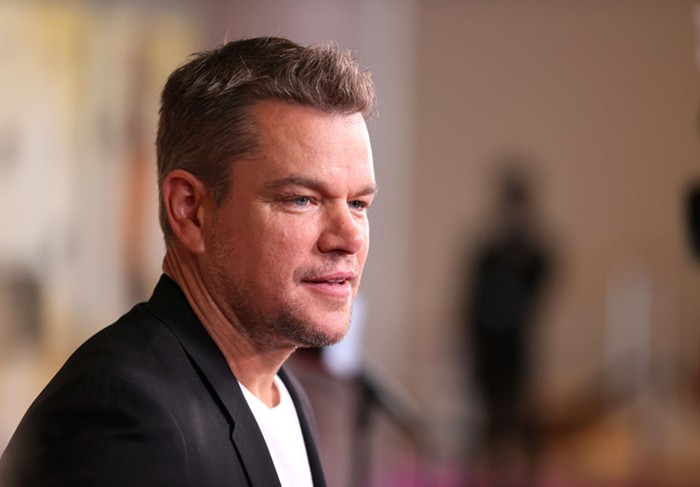
There's a great deal of justified concerns and complaints regarding how the implementation of Oregon’s recreational cannabis plan decimated the Oregon Medical Marijuana Program (OMMP) , the state’s long running medical cannabis system. It’s resulted in fewer growers for patients, increased regulations and expense for those remaining OMMP growers, and numerous other issues negatively impacting both growers and patients.
While much attention is focused on the emerging recreational cannabis programs in states with existing plans, it’s well worth examining states which are still developing solely medical programs. One such state is OOOOOH-klahoma, which in addition to bringing its residents “barley, carrots and pertaters, cattle spinach, and termaters” this year can add cannabis as an agricultural offering. The details and numbers of their medical program are astonishing when you consider the hot bed of conservative beliefs and religion which runs deep through the state. (For real though—on my last tour stop, I ate at a "Fried Pie" cafe at a table beneath a 40 foot tall carved wooden crucifix. I refrained—with great difficulty—from asking the proprietors if Jesus had "pied for my sins.")
Oklahoma has a population of 3.95 million, compared to Oregon’s 4.25 million. Their medical marijuana (MMJ) program has exceeded every expectation. Marijuana Business Daily has a great piece giving a detailed overview of the program’s success. In the 10 months of data collected for 2019, it reveals a medical program with numbers which would be the envy of any recreational program.
To start, more than five percent of Oklahoma’s population is now registered for the MMJ program—210,000 patients, up from 25,000 at the end of 2018. This makes it the largest MMJ program in the US. Sales are expected to top $350 million by the end of the year, with analysts predicting that number potentially doubling as the market matures.
Credit for this success is due to the state, which created a program seemingly designed to actually help both the patients, and the people serving them. No, really—in some states, that’s a thing. Start with the facts, per MJ Biz daily:
• There are no caps on the number of business licenses that can be awarded.
• Doctors are allowed to recommend the product for any condition they deem fit.
• Municipalities are prohibited from enacting zoning restrictions to prevent dispensaries from opening.
Those seeking to enter the cannabis industry may want to consider living on Tulsa time. So far this year, the state has licensed:
2,168 dispensaries
1,415 processors
4,931 growers
No information is available as to how many of these licenses have been activated into operational businesses, and the most recent numbers I found for jobs comes from a report released in March 2019, showing the state’s MMJ industry having created nearly 3,000 jobs. The combined tax rate patients pay on purchases is 16 percent, and has raised $34.5 million in tax revenue through the end of September. A cursory look at menus for Oklahoma dispensaries shows flower at $10-14 per gram, concentrates at $45-55 per gram, and $50 for one gram vape cartridges.
The program underscores that, as far as cannabis access goes, you’re doin’ fine Oklahoma.













